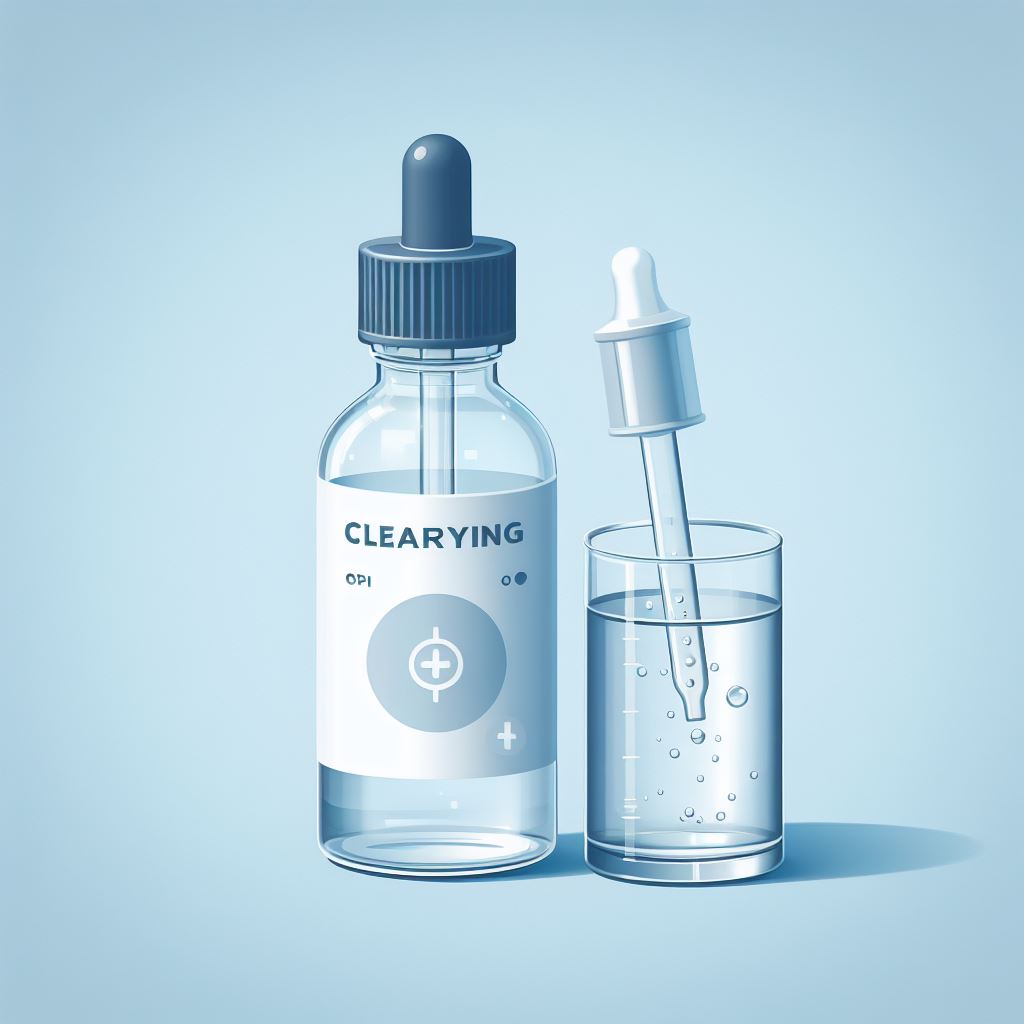Murky, cloudy, or dirty pool water not only diminishes the enjoyment of swimming but also poses health risks. Although both clarifiers and flocculants are aimed at improving water quality, their effects and applications differ. This paper will discuss whether it is possible to add clarifier after using flocculant and how to use these two chemicals effectively in pool maintenance to ensure clean pool water.

I. Understanding Clarifiers and Flocculants
A. The Role and Use of Clarifiers
Clarifiers are commonly used to maintain the water quality of a pool. They effectively remove fine suspended particles and microparticles, making the water clearer. The primary function of clarifiers is to aggregate the turbid substances in the pool, making them larger and heavier, so they can sink to the bottom of the pool or be captured more easily by the filtration system. The transparency of pool water is significantly improved, allowing swimmers to see the pool bottom more easily.
The common method of clarification is to add an appropriate amount of clarifier to the pool water and wait for a period, usually several hours to a day, to allow it to take full effect. Afterward, to remove the condensed particles, the filtration system starts working.
B. The Role and Use of Flocculants
Flocculants are another commonly used chemical in pool water quality maintenance. Their role is to help remove large suspended particles and floating debris to improve water quality. Flocculants gather large particles together, making it easier to capture and remove them.
A common flocculation treatment method involves evenly spreading the appropriate amount of flocculant on the pool surface and allowing it to slowly disperse into the water. After a period of time, the flocculant begins to work, causing larger particles to aggregate. Once the flocculant starts taking effect, cleaning equipment like skimmers or vacuum cleaners can be used to clear the sediment in the pool.
II. Using Clarifier After Flocculant
It is generally believed that pool contamination is primarily caused by large suspended particles or suspended matter. Therefore, using flocculants is a preferred method. Flocculants can gather large particles together, making them easier to remove. However, if the water still has slight cloudiness or turbidity, or if further improvement in water quality is necessary, the addition of clarifiers can be considered.
It is worth noting that whether flocculants and clarifiers can be used together depends on the specific water quality and the condition of the pool. Sometimes, both methods can be applied simultaneously, but caution and experimentation are necessary to ensure safety and effectiveness.
Correct Sequence of Use
When applying flocculants and clarifiers, the correct sequence of addition is crucial. In general, as flocculants have the function of removing large particles and slightly improving water quality, they should be used first. After the flocculant has effectively performed its function, then add the clarifier to make the water even more transparent.
After adding the flocculant, wait for a period, typically several hours to overnight, depending on water quality. Then, add the clarifier as required.
III. Common Issues and Solutions
Handling Water Quality Issues
If the water becomes cloudy or turbid
First, ensure that the pool’s air filtration system is working correctly. Clean or replace the filter to ensure adequate water circulation. Additionally, using clarifiers can effectively remove fine particles and improve water quality.
Depending on the severity of the water quality issue, you may need to wait for some time to allow the clarifier to take effect. If the problem persists, consider increasing the clarifier’s dosage.
If there are large particles or debris in the water
Use flocculants to aggregate the large particles, making them easier to capture and remove. Spread flocculant evenly on the pool surface, then use cleaning equipment such as a skimmer or vacuum cleaner to eliminate the sediment from the pool.
If the water quality has an odor or irritants
Unpleasant odors or irritants may result from an excess of chlorine or other chemicals. Measure the chlorine content in the water and adjust it as necessary.If the chlorine gas concentration is too high, you can either wait for it to naturally decrease or add a chemical reducing agent to lower the chlorine concentration.
This article provides a detailed explanation of the functions and applications of these two chemicals and offers some advice for pool maintenance. We understand that clarifiers primarily remove fine suspended particles to improve water clarity. Furthermore, the correct order and dosage are critical factors affecting effectiveness. Use flocculants first, then add clarifiers as required. At the same time, it is essential to follow the manufacturer’s instructions to determine the appropriate dosage and monitor the effects over time.
